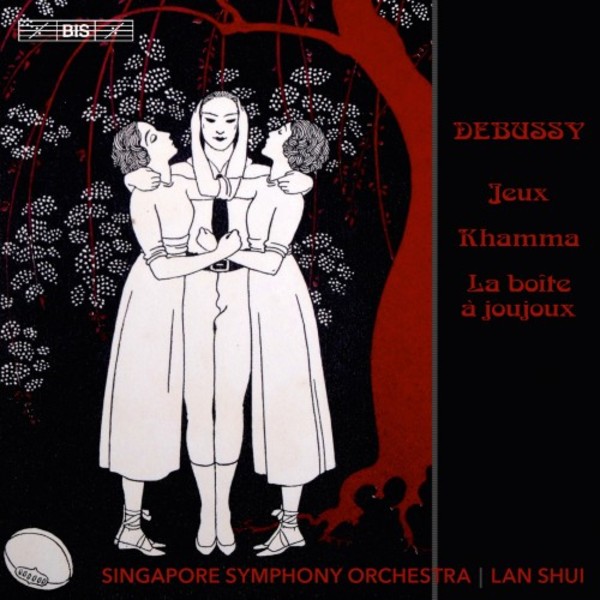
Debussy - Jeux, Khamma, La Boite a joujoux
£13.25
In stock - available for despatch within 1 working day
Despatch Information
This despatch estimate is based on information from both our own stock and the UK supplier's stock.
If ordering multiple items, we will aim to send everything together so the longest despatch estimate will apply to the complete order.
If you would rather receive certain items more quickly, please place them on a separate order.
If any unexpected delays occur, we will keep you informed of progress via email and not allow other items on the order to be held up.
If you would prefer to receive everything together regardless of any delay, please let us know via email.
Pre-orders will be despatched as close as possible to the release date.
Label: BIS
Cat No: BIS2162
Format: Hybrid SACD
Number of Discs: 1
Genre: Ballet
Release Date: 1st September 2017
Contents
Artists
Singapore Symphony OrchestraConductor
Lan ShuiWorks
JeuxKhamma (orch. Charles Koechlin)
La Boite a joujoux (orch. Andre Caplet)
Artists
Singapore Symphony OrchestraConductor
Lan ShuiAbout
Debussy only conceived three works as ballets, however, and those are gathered on this present disc from the Singapore Symphony Orchestra and Lan Shui. All three were written between 1911–1913, during a period when the composer was under some financial pressure, and in the case of Khamma, Debussy himself admitted that ‘considerations of domestic finances’ contributed to him undertaking the commission for this ‘danced legend’ about an Egyptian dancer struck down by the sun-god Amun-Ra. Having finished the piano score, Debussy asked Charles Koechlin to complete the orchestration under his supervision. He was more enthusiastic about a commission from the highly fashionable Ballets Russes, and did indeed complete Jeux himself – but only two weeks after the first performance, the company’s première of Stravinsky’s Rite of Spring completely eclipsed Debussy’s new work. Jeux had to wait until the 1950s for full recognition, championed not least by Pierre Boulez, who regarded it as one of the most prophetic works of the twentieth century.
Of the three works on the disc, it is probably the children’s ballet La Boîte à joujoux (The Toybox) that gave its creator the greatest pleasure. He finished a version for solo piano in 1913 and dedicated it to his daughter Emma. The music includes children’s songs, bugle calls and imitations of musical boxes as well as parodies of well-known operas and quotations from his own and other works.
Error on this page? Let us know here
Need more information on this product? Click here